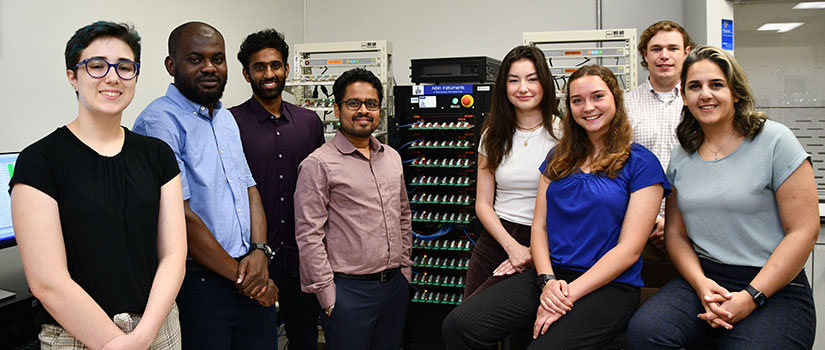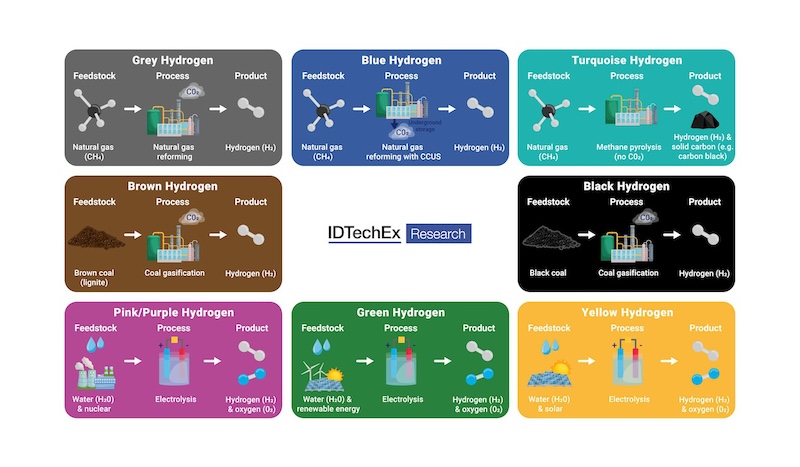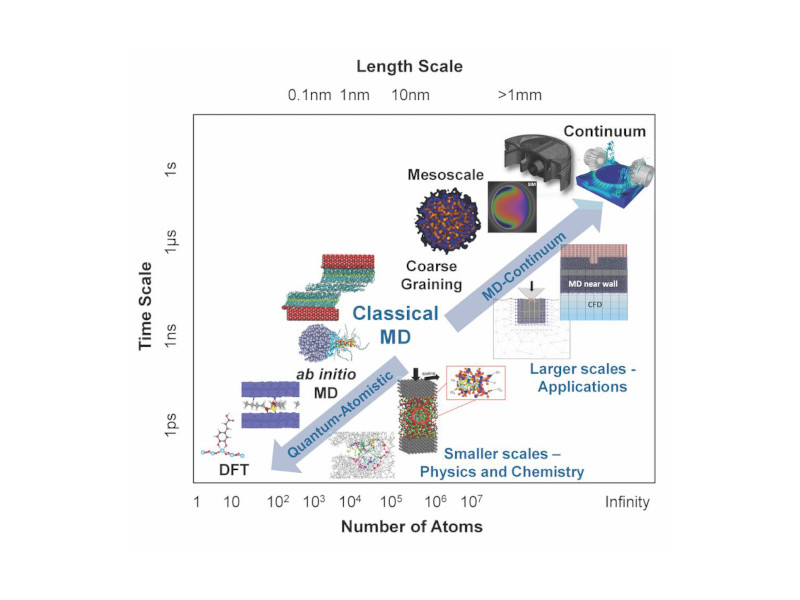Industry in North America is in danger of losing its productivity edge by compromising competitive credentials. There's no lack of awareness of this problem; however, there is a prevailing attitude that says we can automate ourselves out of the problem faster and better than competing economies. But the promise of automation alone isn't limitless.
Industry in North America is in danger of losing its productivity edge by compromising competitive credentials. There’s no lack of awareness of this problem; however, there is a prevailing attitude that says we can automate ourselves out of the problem faster and better than competing economies. But the promise of automation alone isn’t limitless. Aided by a ubiquitous Internet, automation is balancing the competitive scales and eroding the productivity divide that once characterized U.S. industry. It’s not that the edge has lost its luster, it’s that our competitive advantage is shrinking. And it’s a slippery slope compounded by the fact that emerging economies like China and India are installing brand-new, advanced manufacturing capacity. In emerging economies over the last 20 years, production capacity and technology in basic industries is newer, faster, and more efficient. In addition, their plants are run by a young and newly motivated work force supervised by well-educated managers. These modernized industries are meeting value definitions and buying criteria of decision-makers in the West.
The United States’ advantages of management methods, access to capital and reductionist approach to sales channels, however, are offset by escalating costs of health care and an increasingly skeptical view of the ability of the “management class.” Our advantages are further offset by a migration to a service economy trained to compete tactically and transactionally. Moreover, the methods and best practices advantages are no longer unique and replicable offshore.
We may look to Lean Manufacturing and automation as short-term solutions. The trouble is, neither is fundamental enough to springboard older industries to a newly competitive level. U.S. industry must build in an earlier and sustainable degree of competitive enterprise separation at a craft-worker level. Here’s three important ways.”
Trans-gender technical education . We need to populate the manufacturing landscape with leaders brought up on merits and skills of innovation, initiative and unabashed brothers-in-arms competition. And build in a purposeful sense of eager, directed competition.
A rational, scientific and industry-friendly energy policy and new energy investment roadmap that rigorously advocates the energy realities of man-level portable power. Renewable stationary and transport power is critical. But portable renewable power (i.e. DMFC fuel cells) are an essential step in reducing wasted time, wasted effort and wasted energy.
Invest competitively and liberally in the existing workforce . Give the Education and Energy Initiatives a chance to engage by preserving the health, and ultimately the contribution of legacy workers. The corrosive effect of Muscular Skeltetal Disorder (MSD) on the daily productivity of the plant level work force cannot be overestimated. Here are some investment guidelines:
Invest in minimizing the accumulated impact of MSDs on the people that are currently maintaining the manufacturing and processing capacity in the United States. Keep them fully functional; they’re a best practices knowledge bank.
Invest in eliminating the threat of MSDs among the people, of both genders, who will be expected to install, automate, operate and maintain the next generation of manufacturing capacity.
Invest in reducing the chronic fatigue and in preserving the energy and creativity of the people at every level who daily transfer knowledge and experience and practice. Simply put, deliberately impart the archive of accumulated knowledge, but apply no less energy to reducing recurring neck, shoulder, back, hip and knee pain. Eliminating causes of such pain with a properly aligned load can remedy chronic fatigue and reduce the downstream effects of poor ergonomics like inattention, reduced man-hour productivity, sick leave, lethargy and early loss of competitive key brainpower.
Sooner or later, if a sustainable productivity edge in North America is to be preserved the competitive divide at the craft worker level must be widened. MSD are commonplace productivity-sappers and have to be eliminated.
The unfathomable thing is that the cost of “maintaining the maintainers” for the sake of widening the competitive divide is comparatively low, and in many cases it’s already built into the cost of doing business. The cost to equip the user ergonomically is so small, the long term benefits so obvious, and the return so great that to do so is a first stage prerequisite.
Such a solution is essential part of successfully competing globally. After all, we cannot automate every process while failing to maintain and reinforce the front-line fundamentals of man-level weight allocation management. In addition, it is impossible to compete globally while failing to empower and enable the historical maintainers. The continuing pressure to leverage nano-scale aspects of technology is not because smaller is better. It’s because if you improve the granular fundamentals of anything you’ll improve global performance.
No matter the power, productivity or competitiveness of our business strategies, our tacticians still have to carry the digital gear as well as conventional hand tools. Still, and at the risk of appearing simplistic, to widen the competitive divide, our industries need, daily, the tactical brainpower and on-the-ground innovation of a competitive work force. But we’ll lose it if we neglect their muscular skeletal health.
Author Information
Tom Wiersma is the President of The Verti-Mark Group (Grand Rapids, MI) a marketing productivity consulting firm. The company’s core competency is in organizing and executing vertical marketing and brand management/maintenance strategies for industrial clients in fundamental and new energy industries in North America and Europe. He can be reached at [email protected] .



